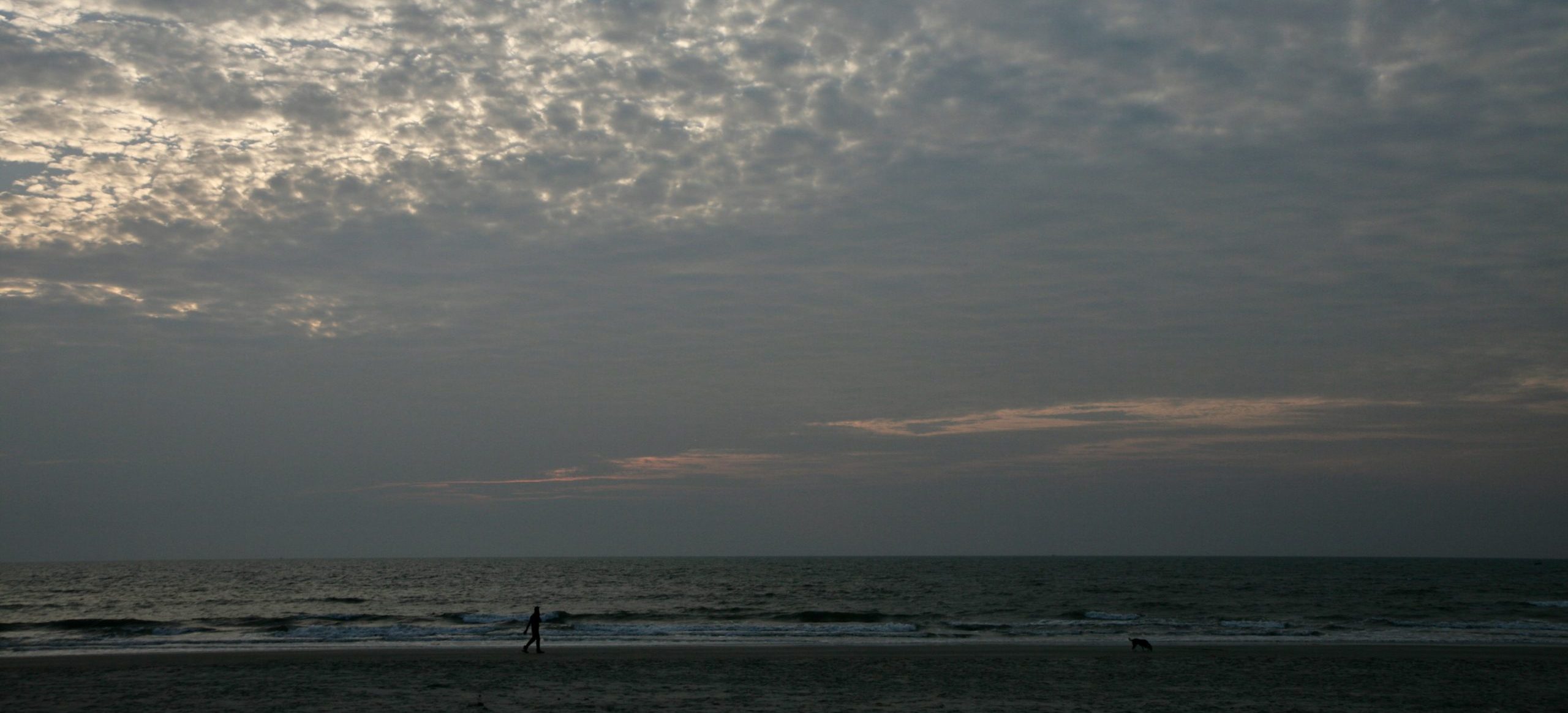GOA
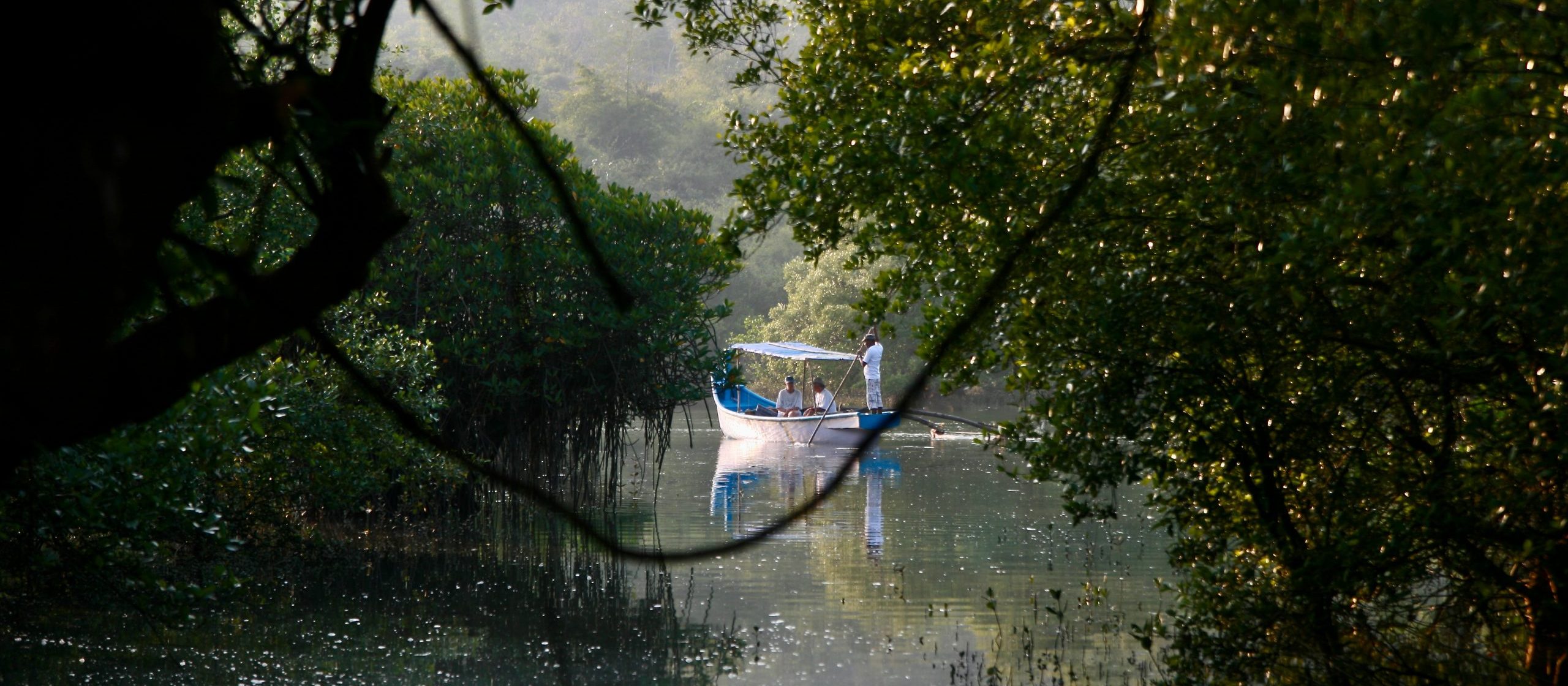
You have probably already read somewhere that Goa offers more than the well-known paradisiacal beaches, hippies and karaoke.
As a very small state (3,700 km²), Goa only joined the Indian Union in 1961 after it was able to free itself from 451 years of Portuguese colonial rule. This past makes Goa a part of India that is different – quite pleasant for us travellers, as it is not so “foreign”. Most of Goa’s 1.45 million inhabitants live in villages. Each village is autonomous, so to speak. To meet their basic daily needs, they all have a daily market where everything for everyday use is available. Fishing, paddy fields, coconut groves, spice plantations – these traditional livelihoods still exist alongside modern factories. Goa is full of history, living traditions, friendly people, inviting beaches, mature architecture – in short, a well laid out area to spend an interesting and relaxing time.
It doesn’t matter whether you want to travel exclusively to Goa or if you’re travelling to another region – there are plenty of opportunities to fill your days with wonderful experiences!
Below we have briefly outlined a few topics that may be of interest for a stay in Goa. We will be happy to provide you with further information – our local colleague lives in Margao and is always up to date!
Accommodation
The number of accommodations in Goa is huge! There are all kinds of comforts and price-categories, in which they differ due to the seasons. From mid of december to mid of january the costs are minimum double as compared to the monsoon-season. Please tell us your criteria and wishes, we’ll find the suitable accommodation for you!

Culture
Goa is offering a most interesting mix of the impacts of the portugese colonial regime and the traditional indian lifestyle. Some aspects of the portugese culture (elements of architecture, way of life, music/dance) have been integrated and are nowadays visable moreorless. Especially the capital Panjim is inviting you to discover the indian-portugese mixture.
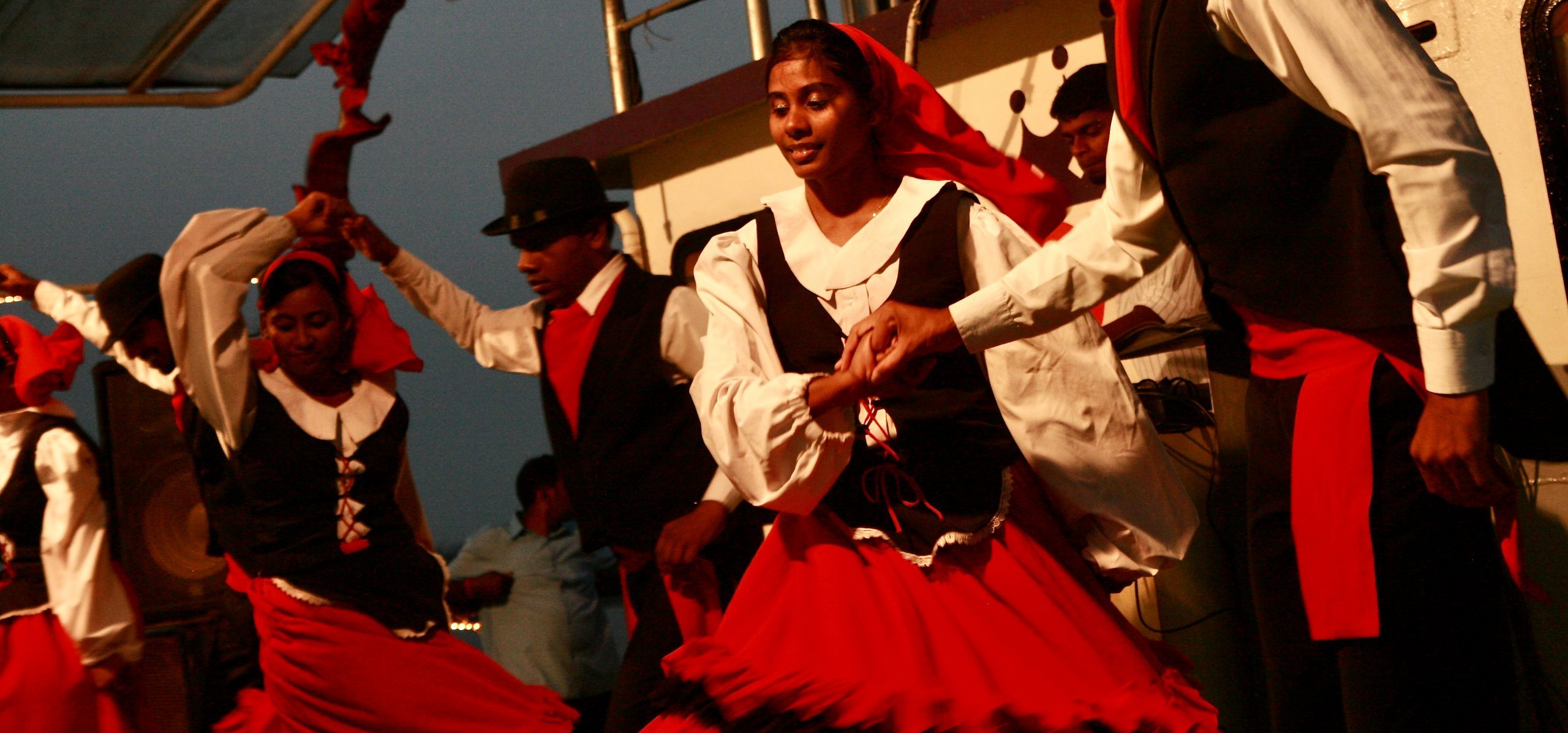
Churches
Due to portugese activity there are lots of churches in Goa. But most of them are closed except for the holy mass. Only the famous churches in Old Goa are always open for sightseeing, which you can do on a guided tour. The white from most churches is from a colour made out of mussles. In the rain it darkens wuickly, therefore they are freshly painted after each monsson.
But anyhow we recommend the visit of a holy mass, for example sundays at 7:30 am. One doesn’t understand a word, but can enjoy the festive, religious atmosphere. The believers are many more than in our countries.
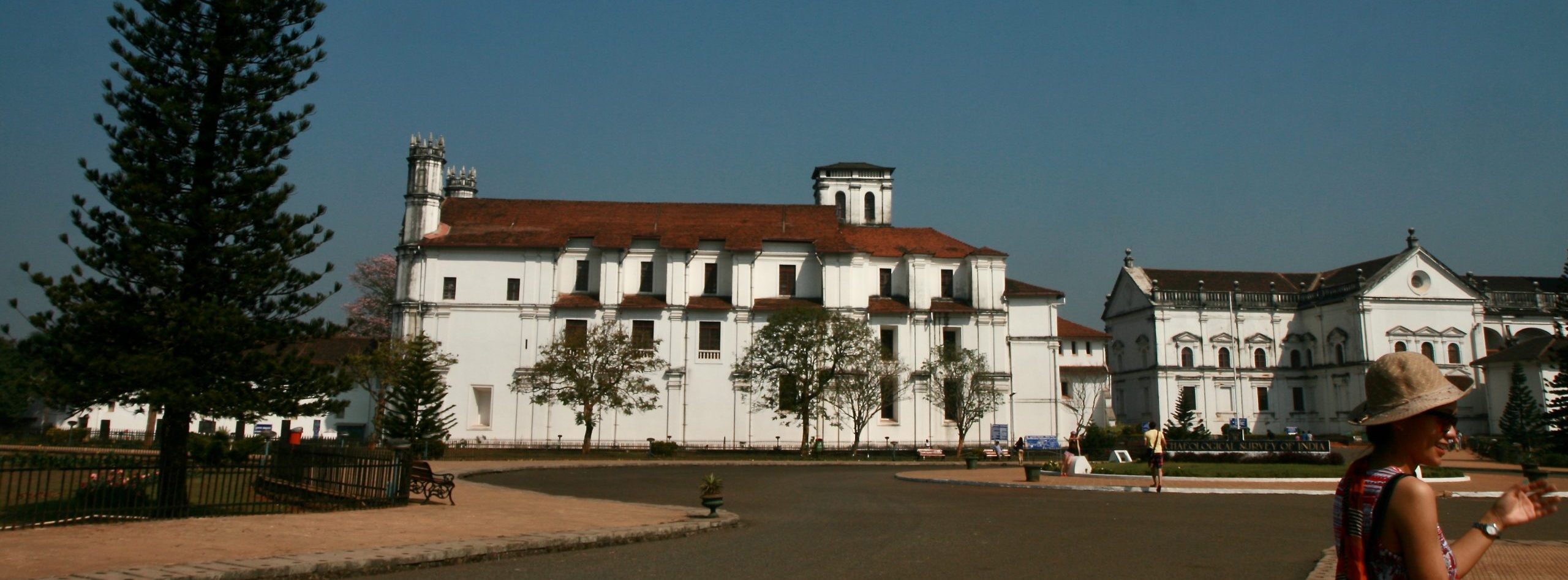
Hindu Temple
Especially in the hinterland the hindu religion is alive. Next to many altars in the houses in the villages one can also visit quite some temples which are used by the people. The most beautiful ones are near to Ponda.
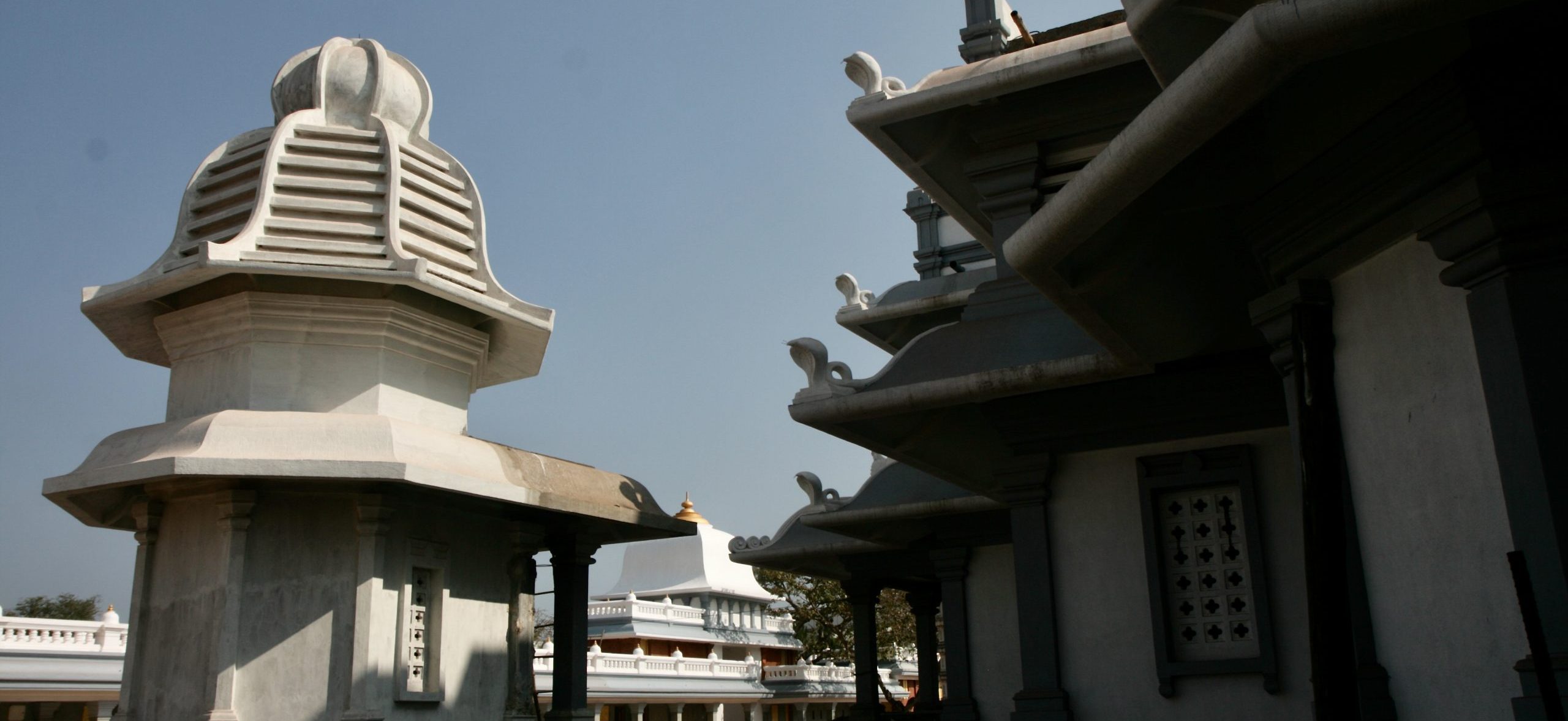
Old Mansions
Many of the 3-400 years old mansions are still inhabited, but some are opened for sightseeing. These families are little low of money for renovations. A visit will shift you towards ancient times same as giving you a good insight into the nowadays situation of these old-established families. Most of the furniture was produced in Goa itself after a european example.
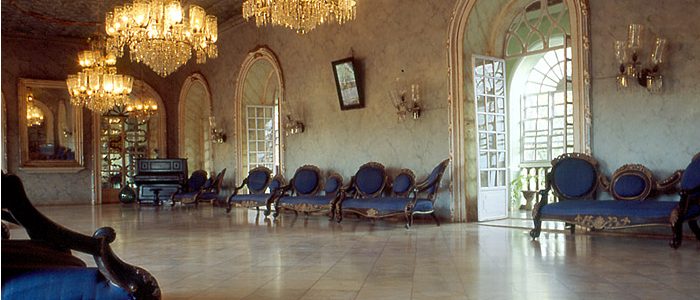
Spice Plantations
In Goa many different spices are growing. There are huge spice plantations, which prepared a small part for guided walks. In small groups one goes with a guide, who explains everything in a humorous and informative way. Quite surprising how many of the spices are growing in the nature. Such a visit is always topped with a delicious meal for sure with the use of many spices.
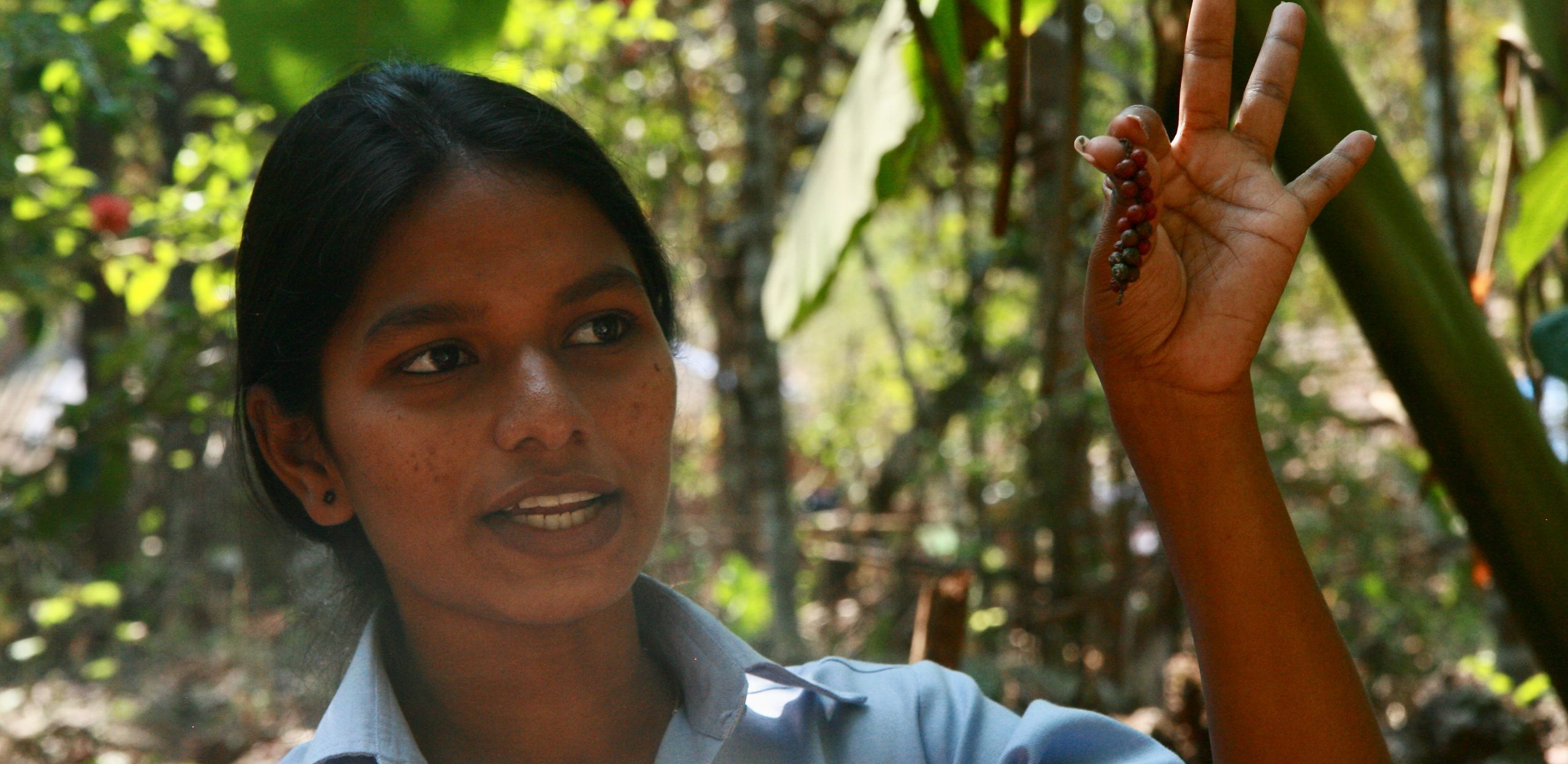
Day-Trekking
I guess you didn’t heard of trekking in Goa, but there are quite nice possibilities in the hilly areaof the hinterland. All treks include the transfer by bus/taxi or train. You will get a packe dlunch with sandwiches, biscuits, fruits, sweets, drinks etc. Most of the tours are roundabout 10 km, which can take a bit longer in the rough terrain than on an easy road. Usually you walk in the shadow so that it won’t become too exhausting. Good shoes are recommended.
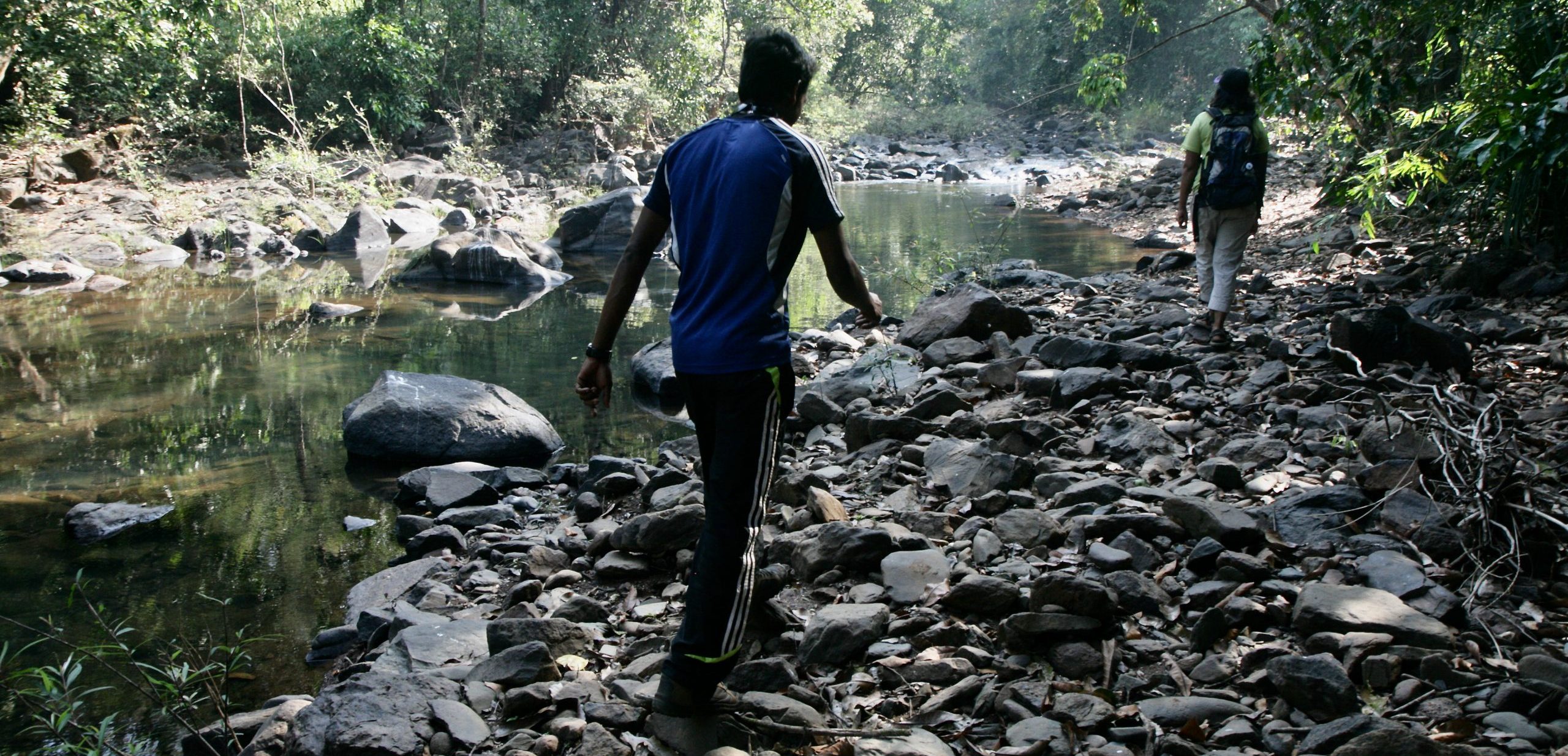
Villages
It’s also worth wandering through villages in Goa – preferably with a guide to get to know the people better. Apart from the villages/towns on the beach, the real wealth of village life unfolds in the hinterland. What is life like in Goa away from tourism? What is grown and harvested, what other sources of income are there, how is a village organised, who lives where, etc.
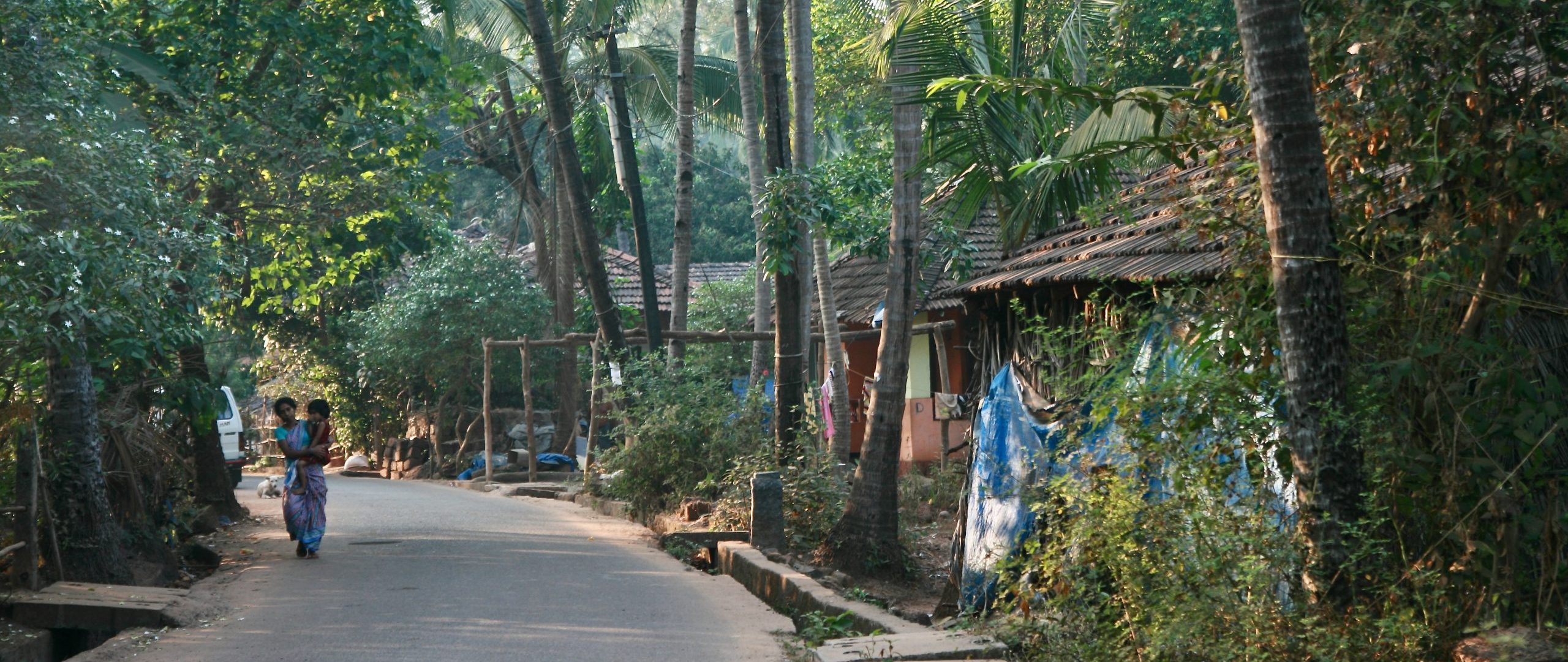
Motorbike
Motorbikes can be rented in every touristic place. One just has to show the international driving license and maybe a copy of the passport. Most favoured are the Kinetic Honda Scooters (without gears) and the heavier Enfield Bullets. Better to look out first for a quiet area to get used to the left-side traffic before starting to dive into the indian traffic chaos, where the horn is sometimes more important than the brakes. One has to be really alert to get home safely.
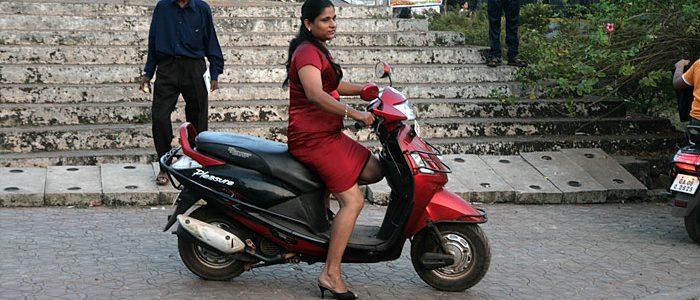
Bicycle
Bicycles can be rented at many places. Either one starts to explore the surrounding on ones own or you decide for a guided cycle-tour. The beach, especially at Colva, is very suitable for cycling.
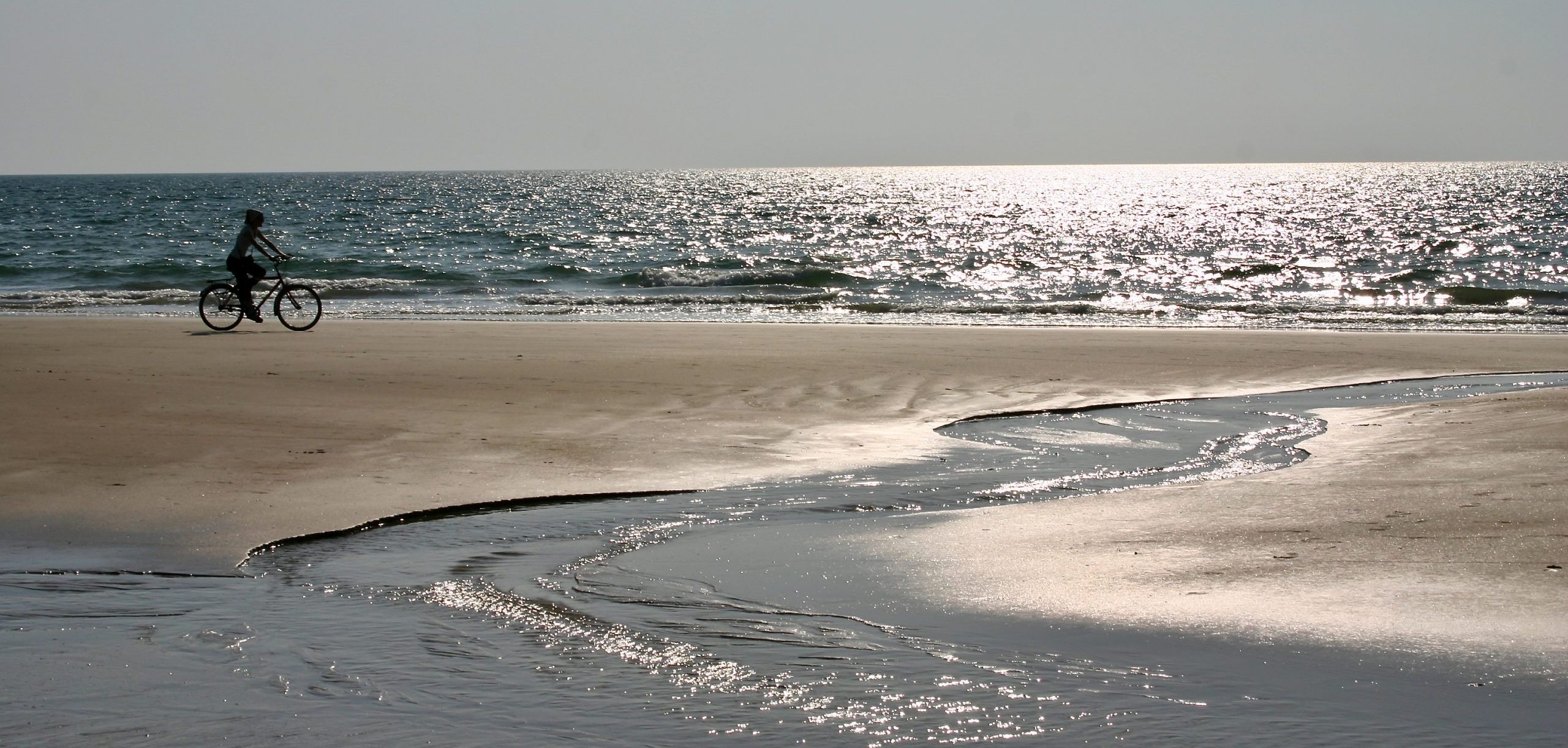
Beach
Of course, beach holidays are part of a trip to Goa. In addition to the typical beach life with swimming, sunbathing, sipping drinks and various beach activities, you can also watch the fishermen with their boats – preferably early in the morning or when they return home in the evening. There are lively beaches and secluded ones, accommodation right on the beach and (usually very nice) further away – tell us what is important to you in your beach accommodation combination and we will find the right one for you!
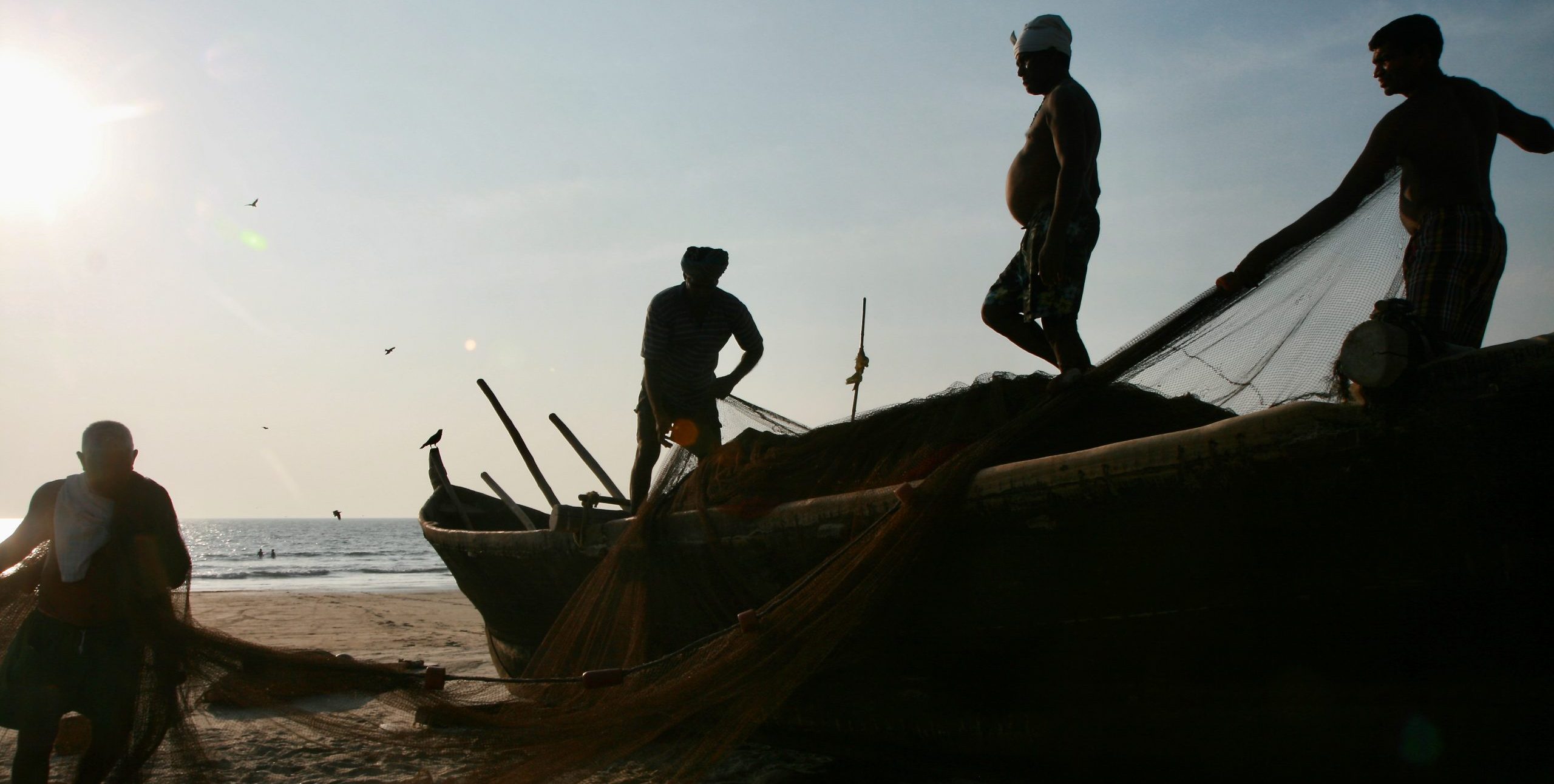
Monsun
ATTENTION: Summer is monsoon season in Goa, i.e. it often rains and swimming in the sea is impossible. Those who are not deterred by this can enjoy the peace and quiet, the blossoming nature and a dip in the swimming pool.
